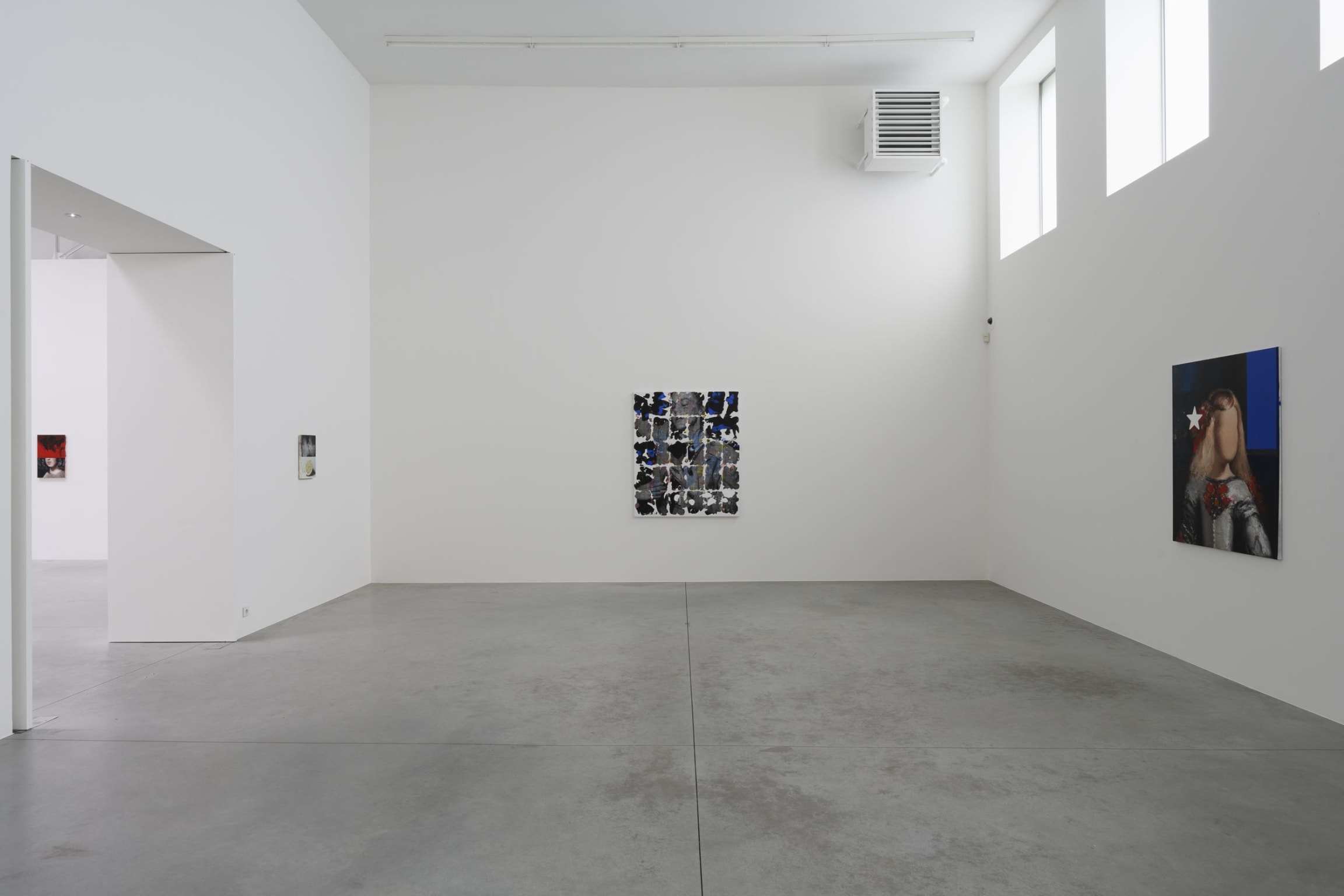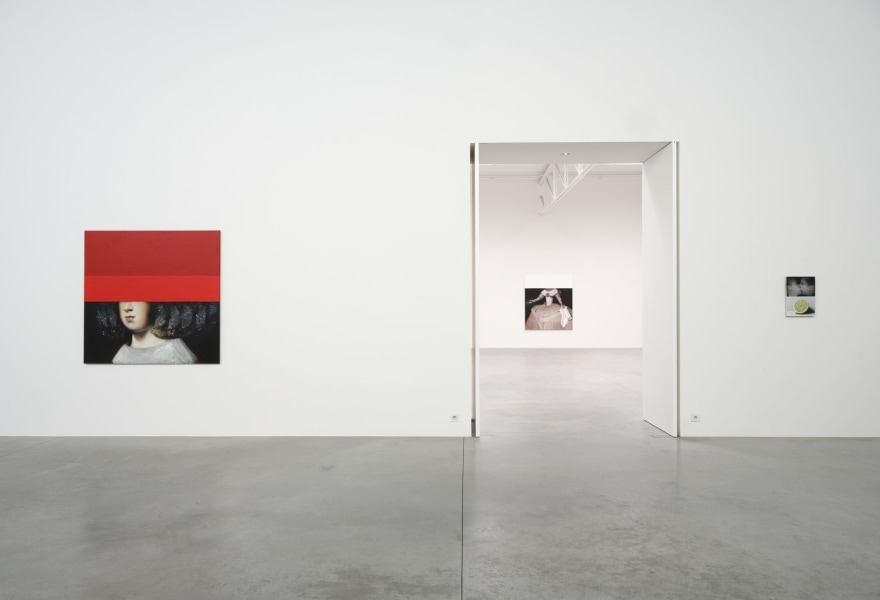18 october 2021, Manuela Klerkx
Mircea Suciu: Bleeding Heart
His most recent exhibition at Zeno X Gallery in Antwerp (Bleeding Heart, which runs until 23 October) focuses on Diego Velázquez's 1656 painting 'Las Meninas', which according to the Romanian artist Mircea Suciu symbolizes the Spanish conquest of the two Americas. During our conversation I discover Suciu's fascination with the evolution of mankind and the way it is expressed in art, through the ages. He has devoured entire libraries of art and biographies of artists such as Modigliani, Soutine, Toulouse-Lautrec, Seurat, Van Gogh, and many others.
Whether it concerns classical or contemporary art, figurative or abstract painting, Mircea Suciu wants to get to the heart of the great masters who came before him in order to get an idea about the possible masters of the future. One thing is clear to him: by recording the psychological undercurrent of a certain era - among other things by looking closely at art history and the social context - we gain insight into our own past so that we can learn from our mistakes and help mankind develop.

Mircea Suciu, The Buffoon (series after Velazquez), 2021, Zeno X Gallery.
I don't make paintings to hang over the sofa like pretty pictures,
but to tell something that I think matters and need to think about.
Mircea Suciu
MK Can you tell us about the Bleeding Heart exhibition that is currently on display at Galerie Zeno X?
MS Living in New York in 2018, I became aware of the racism and social inequality that characterize American society. As a white man, who isn't part of a minority group himself, that touched me as far as it can affect you as an outsider. To understand the roots of racism, you really have to go back to the time of the Spanish colonization of the Aztec Empire in the 16th century. Velasquez, who himself was of noble birth, was part of the Spanish court as the Painter of the Kings and as such was not exactly known as a critic of the Spanish court and the conquests of the Spanish Empire. Velasquez rather presents their glory. Yet, and this is what makes the painting so interesting, it contains many 'hidden' psychological and historical references to oppression and violence that I emphasize in my work. For example, the thick layer of blood-red paint in 'America (after Velázquez) (1)' refers to the history of violence that characterized the Spanish colonial empire.
MK To what extent do social and political issues play a role in your work?
MS I consider it my task as an artist to investigate the history of man and all the abuses, progress and decline that go with it in order to contribute as an artist to a better understanding of ourselves and thus of humanity as a whole. In my view, the Spanish Empire was guilty of the slaughter of the indigenous peoples and their culture - by killing, transmitting disease and sexual abuse, which incidentally also involved the Catholic Church - in North and Latin America. I don’t make paintings to hang over the sofa like pretty pictures, but to tell something that I think matters and what we need to think about.
Mircea Suciu's approach is intricate and elaborate, a political and committed approach that revisits the history of modernity in more in-depth versions.
The artist pushes the boundaries of the ravaged and unstable contemporary world.
Luc Tuymans

Bart Stolle, Still life with movie projection, 2021, Zeno X Gallery.
MK We live in a time when art and the art market seem to be synonymous with each other. Of course, that's not true. A work of art that is very expensive today is not necessarily a very good work of art. Not the market but time will ultimately determine the value of a work of art. How do you see that?
MS In my opinion, the value of a work of art is related to a statement. Art is a language. And you can improve that language, develop it and, most importantly, learn to better understand it. Art has its own rules that play a role in human evolution. The meaning of art and culture therefore extends beyond that of decoration or entertainment because they are based on essential, universal issues that have to do with knowledge about ourselves and the world. We often speak of value in terms of money, but by the value of a work of art I understand the importance of a statement as a 'game changer'.
MK How do you see the relationship between classical and conceptual painting?
MS The ability or talent to paint well, to master painting as a profession, offers the opportunity to create a convincing image. The better a painting is made, the better it succeeds at conveying an idea or concept. In that case, painting serves the message. Painting itself is not the content but the medium. If you want to make a strong political or philosophical statement in a painting, you will have to create a convincing image with attention to details. The image is therefore not an end in itself, but serves the content.
MK Do you see yourself as a painter or rather as an artist?
MS I do not limit myself to painting but strive to use all techniques - including photography, monotypes and restoration, which I studied in Italy-, materials and media available to me as long as they contribute to the creation of a layered and complex image that allows enough space for different perspectives and interpretations. Processes of destruction and restoration can be part of the process, if I want to give the image a battered look. I think it is important to literally express the passage of time on the canvas. In this way, the canvas acts as a mirror of our history.

Mircea Suciu, Bleeding Heart, Zeno X Gallery.
